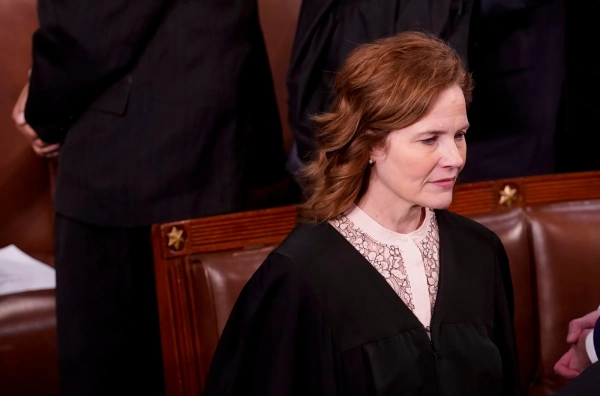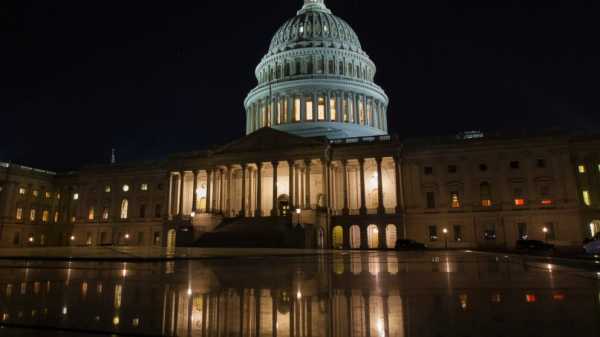
On Thursday evening, the Supreme Court issued a bewildering directive addressing the Trump administration’s termination of multiple public health grants. The six-opinion ruling in National Institutes of Health v. American Public Health Association is so convoluted that deciphering it feels akin to navigating a legal labyrinth without escape.
In a partial dissent, Justice Ketanji Brown Jackson condemned the outcome as “Calvinball jurisprudence,” arguing it effectively ensures “this Administration always prevails.”
Understanding the Supreme Court
Stay informed with analyst Ian Millhiser’s updates on pivotal Supreme Court decisions.
Email (required)SubscribeBy submitting your email, you agree to our Terms and Privacy Notice. This site is protected by reCAPTCHA and the Google Privacy Policy and Terms of Service apply.
The dispute centers on thousands of abruptly revoked NIH grants targeting critical health research, including studies on suicide prevention, HIV transmission, and chronic diseases, per Jackson. Terminations followed executive orders restricting grants tied to diversity initiatives, gender identity, or Covid-19.
A lower court had deemed the policy “arbitrary and capricious,” noting the vague parameters of “DEI” left NIH officials to arbitrarily decide which projects to axe. Jackson highlighted the district judge’s findings of “indisputable racial discrimination” and gender-based bias unprecedented in their career.
More Coverage
- Justice Jackson accuses the Supreme Court of bending rules to favor Trump
The Supreme Court, however, sidestepped assessing the policy’s validity, focusing instead on a jurisdictional tug-of-war between courts.
A clash over legal venues
Typically, challenges to federal policies land in district courts, while contract disputes against the government fall under the Court of Federal Claims. Plaintiffs argued their case belonged in district court since it contested broad policy illegality. Opposing justices insisted it resembled a contractual grievance.
The Court split narrowly: Four justices backed the district court’s jurisdiction, four favored the claims court, and Justice Amy Coney Barrett brokered a fractured compromise. She directed plaintiffs to split their claims—challenging policy validity in district court while pursuing monetary relief separately. This bifurcation risks stranding plaintiffs in procedural limbo, as overlapping facts may bar parallel claims under federal law.
Jackson warned that prolonged litigation could expire statutory deadlines, leaving grant-dependent projects—from medical trials to community clinics—to collapse before resolution. Barrett’s Solomon-like ruling, binding as the pivotal vote, ensures years of delays, potentially dooming the research regardless of final outcomes.
Jackson’s dissent framed the decision as part of a troubling trend: “When the judiciary should reinforce legal safeguards, the Court instead erects barriers to justice. This isn’t just Calvinball—it’s Calvinball rigged for one side.”
“In a broader sense, however, today’s ruling is of a piece with this Court’s recent tendencies. ‘[R]ight when the Judiciary should be hunkering down to do all it can to preserve the law’s constraints,’ the Court opts instead to make vindicating the rule of law and preventing manifestly injurious Government action as difficult as possible. This is Calvinball jurisprudence with a twist. Calvinball has only one rule: There are no fixed rules. We seem to have two: that one, and this Administration always wins.”
The ruling leaves attorneys and lower courts to untangle a procedural snarl with dire real-world consequences. Best of luck to those tasked with implementing this judicial chaos.
Source: vox.com






